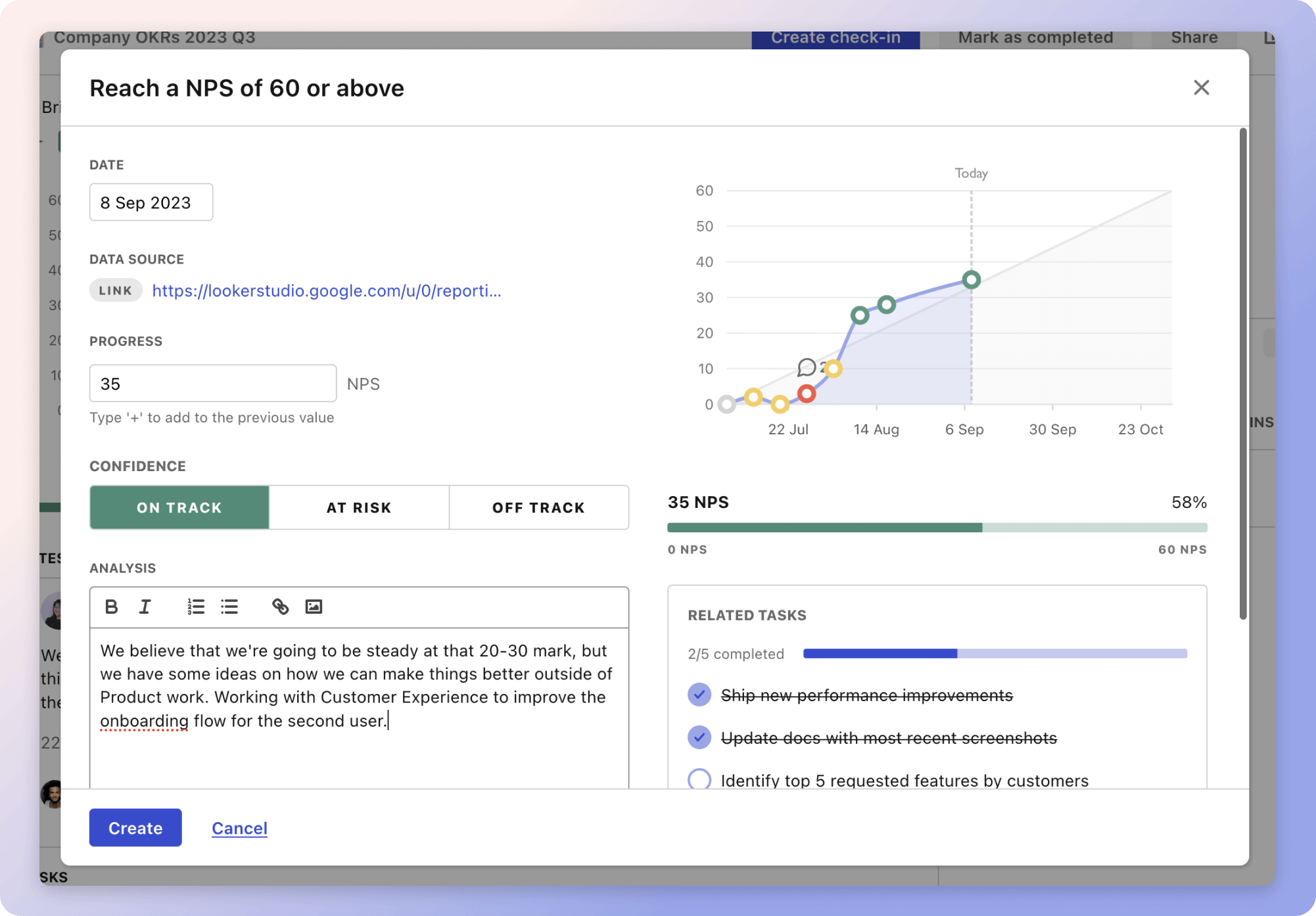The strategy outlined in the JSON format focuses on preventing data privacy breaches in a 200-bed acute care facility. The plan highlights three key strategies: implementing advanced security technologies, enhancing staff training and awareness, and strengthening data governance policies and procedures. For instance, the facility aims to adopt encryption solutions to protect data at rest and in transit, demonstrating a proactive approach to safeguarding sensitive information. Moreover, there is an emphasis on developing staff awareness by conducting regular training sessions and creating a data privacy handbook, ensuring everyone is well-equipped to handle data responsibly.
Additionally, the strategy underscores the importance of robust governance by suggesting the establishment of a data governance committee. This step ensures continuous oversight and accountability, vital for maintaining data integrity. Further action items include regularly updating software systems and conducting phishing simulations to identify potential vulnerabilities. By setting up a rapid incident response team and performing third-party vendor assessments, the facility aims to promptly address any threats and ensure compliance with legal standards.
The strategies
⛳️ Strategy 1: Implement advanced security technologies
- Conduct a thorough assessment of current security systems
- Adopt encryption solutions for data at rest and in transit
- Install firewalls and intrusion detection systems
- Regularly update and patch all software systems
- Deploy multi-factor authentication for all system access
- Utilise advanced threat detection and monitoring tools
- Set up a secure network with VPNs for remote access
- Periodically audit and improve network segmentation
- Invest in artificial intelligence tools for threat prediction
- Establish a rapid incident response team
⛳️ Strategy 2: Enhance staff training and awareness
- Conduct regular training sessions on data privacy best practices
- Create a data privacy handbook for all staff
- Simulate phishing attacks to educate staff on identifying threats
- Implement a mandatory data privacy certification for staff
- Regularly update staff on new data privacy regulations
- Appoint data privacy champions in each department
- Hold quarterly workshops on cyber hygiene
- Encourage a culture of accountability and transparency
- Set up a confidential reporting system for potential breaches
- Regularly evaluate training effectiveness and adapt as needed
⛳️ Strategy 3: Strengthen data governance policies and procedures
- Develop comprehensive data management policies
- Conduct regular risk assessments and vulnerability analyses
- Establish a data governance committee
- Implement strict access controls based on role and necessity
- Regularly review and update data retention policies
- Perform third-party vendor assessments for data handling
- Require signed confidentiality agreements with all data handlers
- Create a detailed breach response and notification plan
- Review and categorize data to prioritize protection efforts
- Audit compliance with national and regional data protection laws
Bringing accountability to your strategy
It's one thing to have a plan, it's another to stick to it. We hope that the examples above will help you get started with your own strategy, but we also know that it's easy to get lost in the day-to-day effort.
That's why we built Tability: to help you track your progress, keep your team aligned, and make sure you're always moving in the right direction.

Give it a try and see how it can help you bring accountability to your strategy.
